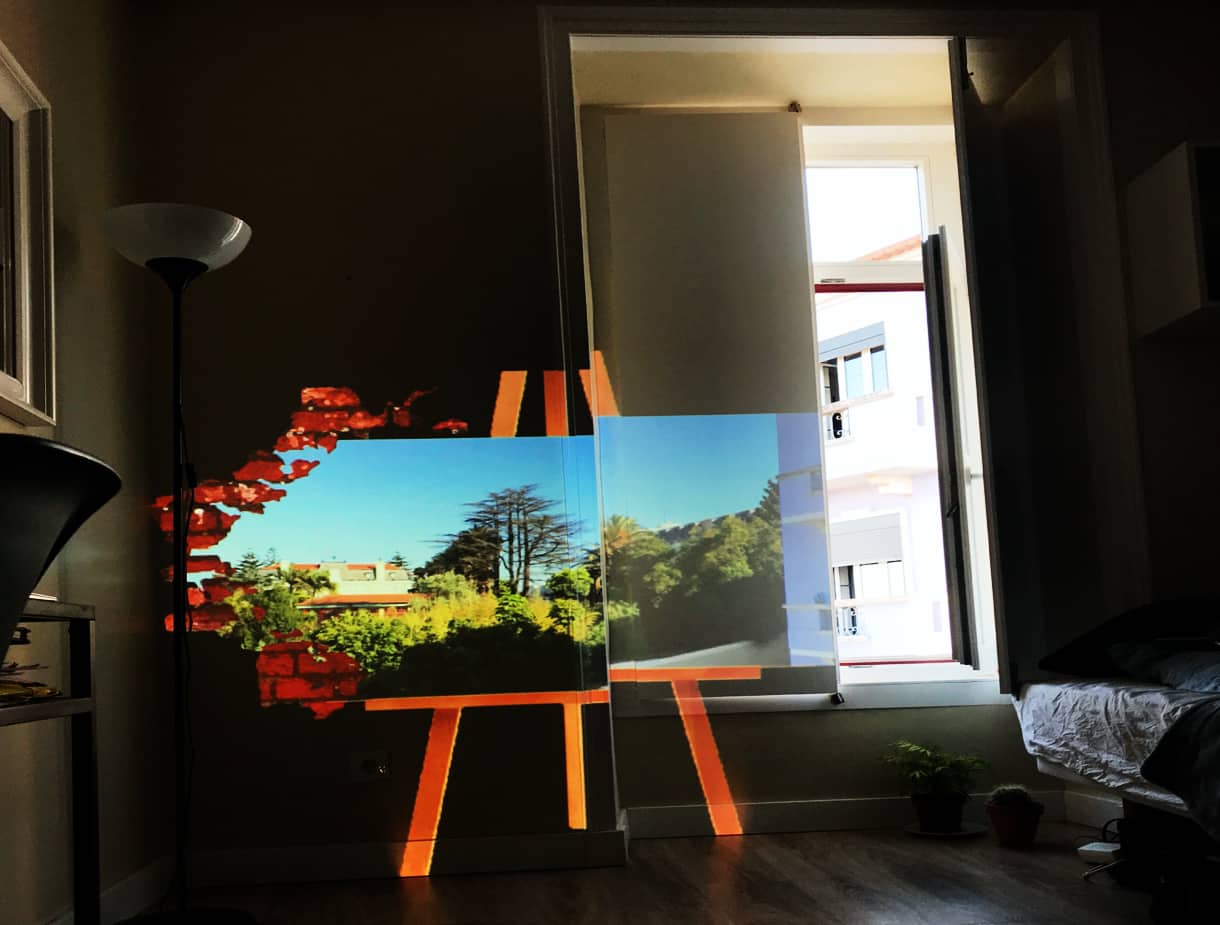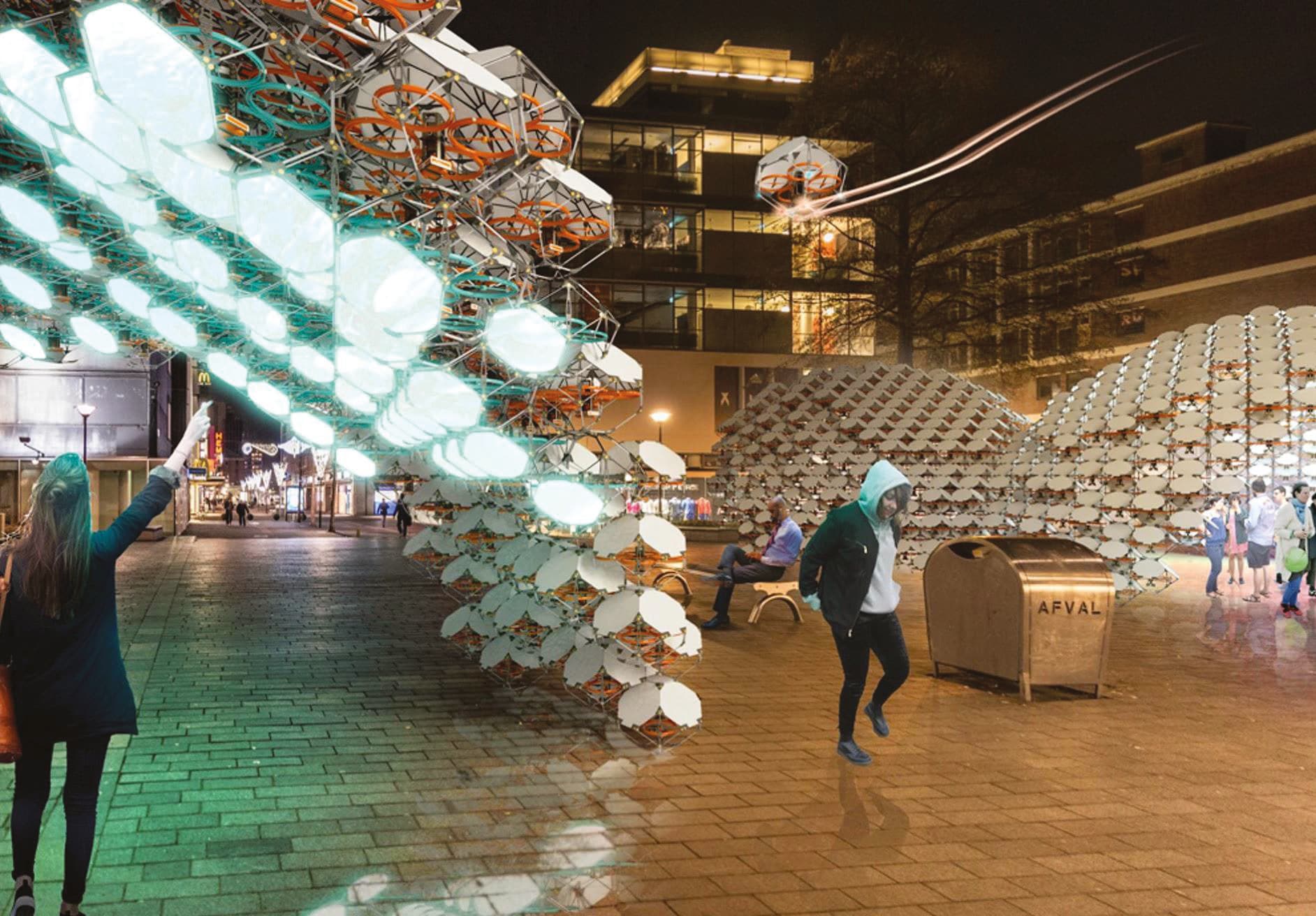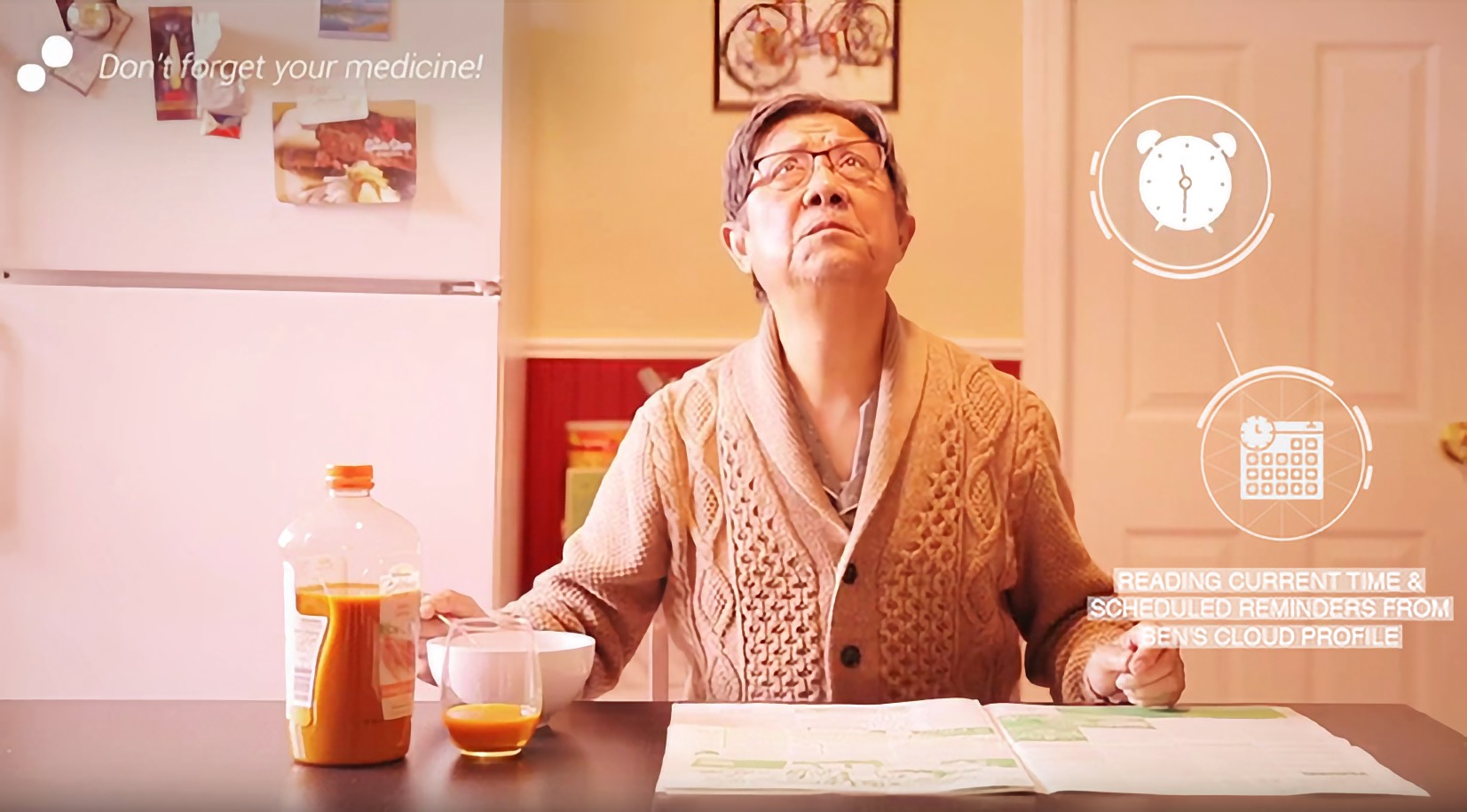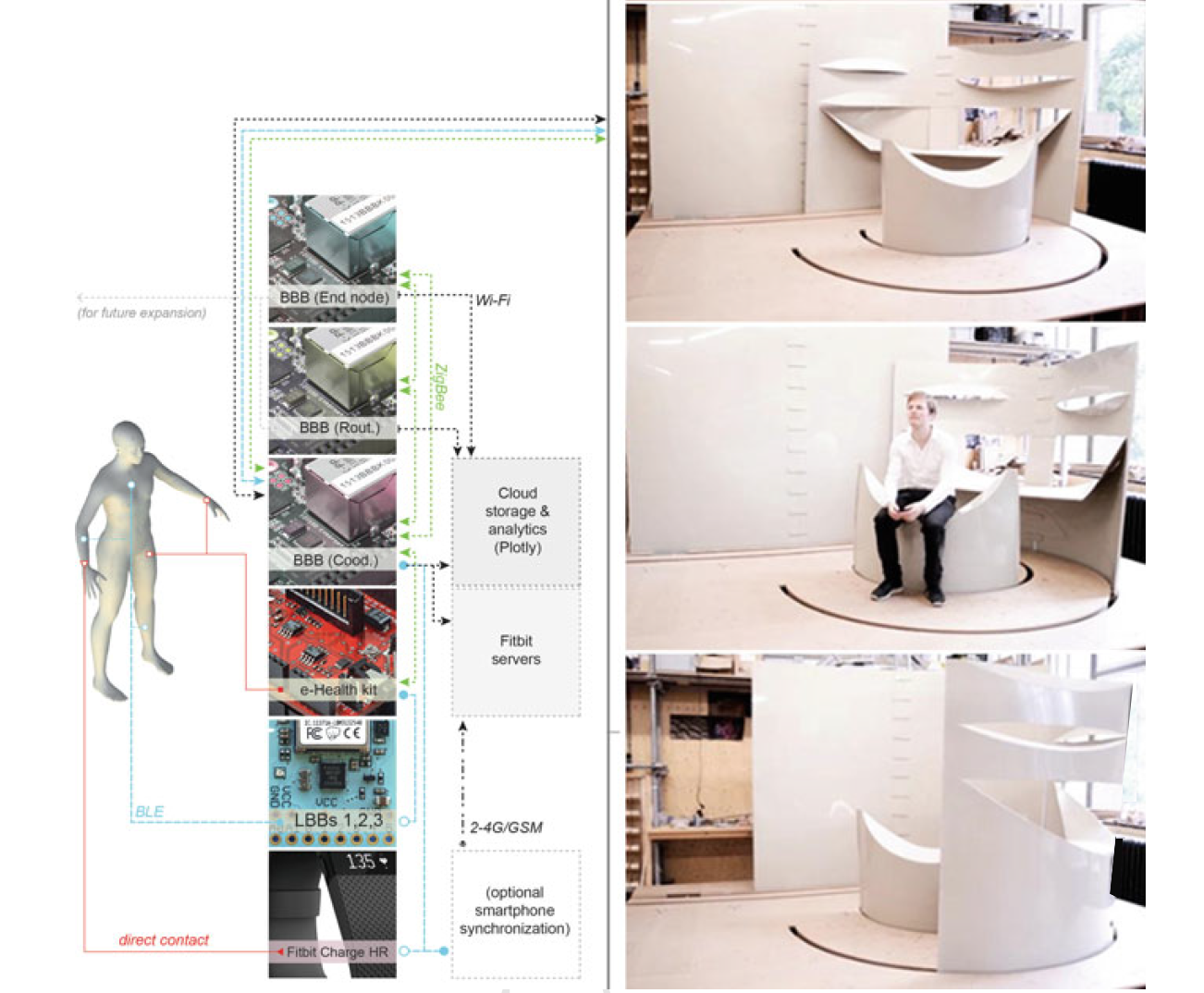
Actuated and Performative Architecture: Emerging Forms of Human-Machine Interaction
7 articles / 64 pages
ISBN 978-94-6366-350-2
Issue editors
Margherita Pillan, Politecnico di Milano
Henriette Bier, TU Delft
Keith Green, Cornell University
Milica Pavlovic, KU Leuven
Editorial
-
This Spool [CpA] #3 issue poses and attempts to answer questions on the nature of this intimate human-machine bond, encouraging the discussion of its potentials also in terms of individual and social resilience. This issue of Spool, moreover, attempts to explore the design of bio-cyber-physical systems, which requires integration of natural, physical, and virtual architectures with digital systems and social organizations. In designing interactions between the (augmented) human and cyber-physical environments, the collection and use of personal data, the management of a multi-layered...
Articles
-
This paper questions the need to introduce into the design methodologies and education, the temporal dimension in architectural design. It questions the need, to introduce methodologies and protocols to be able to define, design, and measure the variables involved in the actuation of spaces.
While in the history of design, spatial qualities have been central in the search for techniques and tools, temporal qualities have entered, with the advent of the digital revolution, as qualities capable of deforming, compressing, reconfiguring spaces and supporting new ways of living. The...
-
The present work has as its starting point and inspiration in the observation of the habit of staying at the window, mostly performed by older adults, in Lisbon, Portugal. Beginning from this habit, we seek to substantiate, develop, and record speculative and artistic visual experiments that propose a digital reinterpretation of the architectural element window. Such experiments deal with the intertwining of diverse concepts as hybrid architecture, material, digital, virtual, and augmented reality (AR). The experiment, entitled Projected Windows, consists of three different...
-
Ambient User Experience (Ambient UX) is a conceptual framework providing a strategy for design processes that target cyber-physical spaces. Such design processes interface Wireless Sensor-Actuator Networks (WSAN), Artificial Intelligence (AI), and physically built environments. For managing the complexity of such design processes and ensuring the development of a design facilitating users’ satisfaction, design approaches focused on experience and user activities linked to bio-cyber-physical feedback loops are needed. This paper points out how Ambient UX supports decision-making in a...
-
Immediate Systems are defined as systems that overcome the limitations of remote design by embedding design and implementation in situations of use. This paper extends the theoretical framing of IS and traces three approaches towards IS in architecture: as adhocist mode of action, as acceleration of design transfer and as human-architecture symbiosis. These three approaches consider the same phenomenon from different perspectives respectively, that of the lived experience of the user-designer, that of the designer’s methodology and technology, and that of ecology.
-
Today’s physical-digital continuum challenges designers and architects to envision architecture as a Bio-Cyber-Physical System that is operating as part of a larger ecosystem while addressing societal challenges with a broader understanding of sustainability in mind. This paper identifies current conditions, challenges and opportunities, while proposing an intercultural dialog toward achieving a better future. The purpose is to enlighten and explore the threshold where the physical interlaces the domain of immaterial flows of information...
Interview
-
Dialogs on Architecture is a series of dialogs between researchers and practitioners. who are embracing the intellectual model of high technology and are involved in its advancement and application in architecture. The present dialog focuses on the role of parametric design and cyber-physical systems in architecture. It has been inspired by a lecture given by Henriette Bier at the Italian Institute of Architecture in Catania (2019) and addresses the question of the current paradigm shift in architecture and its impact on the role of the architect and the user. The dialog is led by Grazia...






